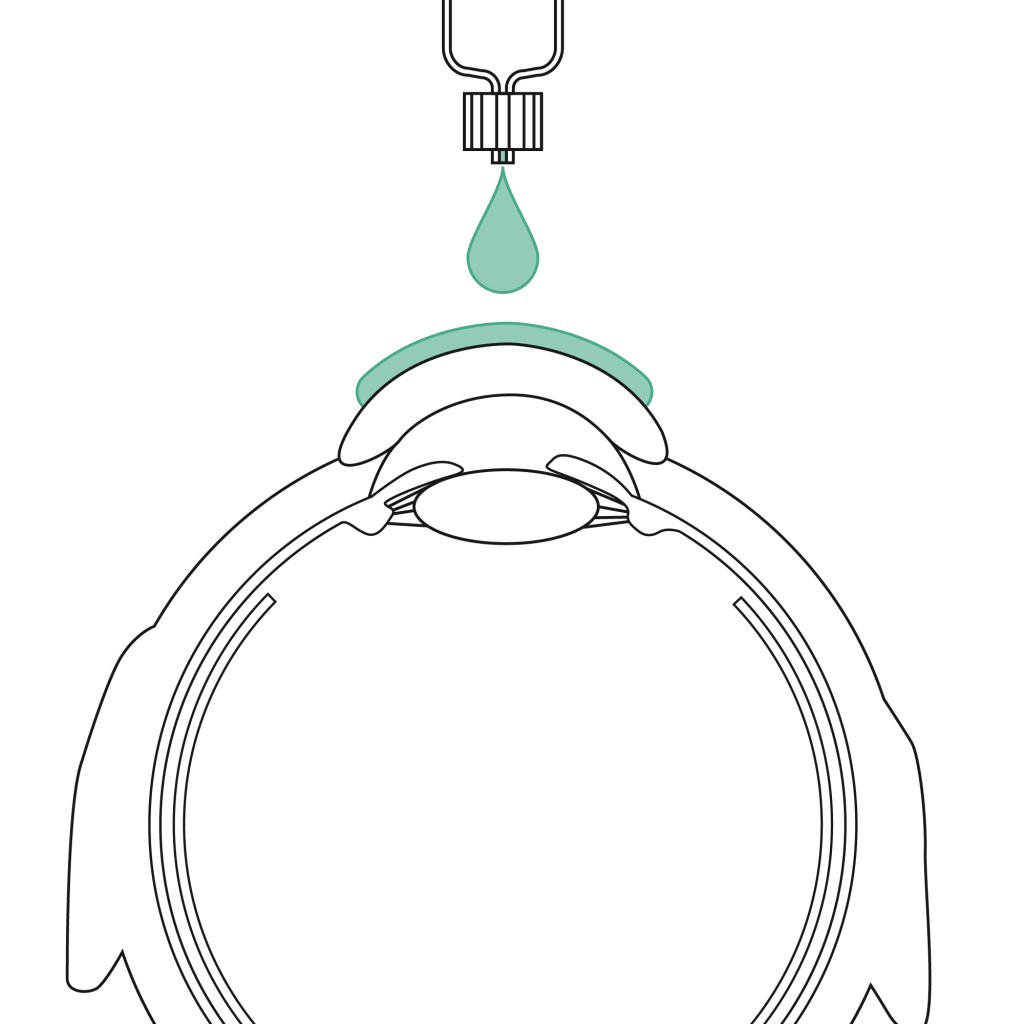Self-drilling screws, as the name suggests, are designed to drill their own hole while being driven into materials, eliminating the need for pre-drilling. This not only saves time but also reduces the number of tools required for a job. The 75mm size is particularly popular because it strikes a balance between length and strength, making it suitable for a wide range of applications.
...
2025-08-14 21:55
2896



